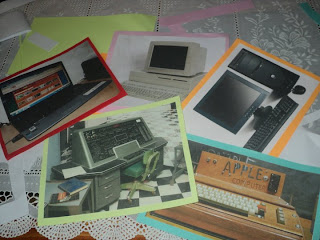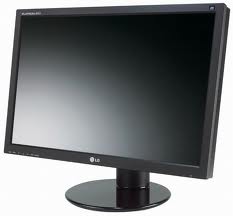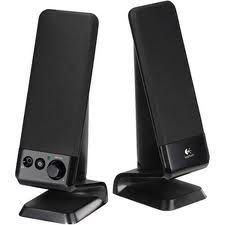very simple,active,incompetent,have a strong personality that can't be crack by a simple word,never surrender in any problems,kind and the most of all have a trust and love to God.......!!!!!!!
Friday, December 17, 2010
Friday, December 3, 2010
ASSIGNMENT:
5 examples of input devices:
1: Camera - most cameras like this are used during live conversations. The camera transmits a picture from one computer to another, or can be used to record a short video.
2: Keyboard - The keyboard is a way to input letters or numbers into different applications or programs. A keyboard also has special keys that help operate the computer.
3: Mouse - The mouse is used to open and close files, navigate web sites, and click on a lot of commands (to tell the computer what to do) when using different applications.
4: Scanner - A scanner is used to copy pictures or other things and save them as files on the computer.
Note: A CD-R or CD-RW can also be used as an OUTPUT device.
5 examples of storage devices
5 examples of storage devices:
1: Random Access Memory (RAM)
-The Random Access Memory is used for storing information temporarily. When the computer is switched off, the information on the RAM is wiped off. The access rate of RAM is much higher. They are more expensive than the other types of primary storage devices.
-The Random Access Memory is used for storing information temporarily. When the computer is switched off, the information on the RAM is wiped off. The access rate of RAM is much higher. They are more expensive than the other types of primary storage devices.
2: Floppy Discs
-This is a magnetic storage device, which is set in square plastic shell. They are available in different sizes, like 8 inches, 5 ¼ inches and 3 ½ inches. In the initial days floppy discs were very popular, however, with the advancements they got over shadowed by the other computer storage devices.
-This is a magnetic storage device, which is set in square plastic shell. They are available in different sizes, like 8 inches, 5 ¼ inches and 3 ½ inches. In the initial days floppy discs were very popular, however, with the advancements they got over shadowed by the other computer storage devices.
3: USB Flash Drive
-The USB Flash drive consist of a NAND type flash memory. It has an integrated Universal Serial Bus (USB) interface. They are non-volatile and data can be rewritten on them. They are very small in size, but have very large memory space. There are some of the USB drives, where 1 million erase and write cycles can be carried out. On the other hand, some of them are known to retain data for as long as 10 years.
4: Memory Cards
-The next of the computer storage devices examples are the memory card. Data is stored in digital format on the memory cards. They can be used in various electronic devices from hand held computers, mobile phones, cameras, etc. They are also rewritable. Although they are small in size, they can store a high amount of data.
-The next of the computer storage devices examples are the memory card. Data is stored in digital format on the memory cards. They can be used in various electronic devices from hand held computers, mobile phones, cameras, etc. They are also rewritable. Although they are small in size, they can store a high amount of data.
5: Read Only Memory (ROM)
-It is used to permanently store data. Data can be stored on ROM, either when the computer is been manufactured or by the computer user. However, the disadvantage of this type of memory is that the data stored on ROM cannot be changed. The access rate necessary to get to the memory is much lesser as compared to the access rate of the RAM. Unlike the RAM’s, ROM’s are not expensive.
5 examples of output devices
5 examples of output devices:
1: Disk Drives - A disk drive is used to record information from the computer onto a floppy disk or CD.
2: Monitor - A monitor is the screen on which words, numbers, and graphics can be seem. The monitor is the most common output device.
3: Printer - A printer prints whatever is on the monitor onto paper. Printers can print words, numbers, or pictures.
4: Speaker - A speaker gives you sound output from your computer. Some speakers are built into the computer and some are separate.
5: Headphones - Headphones give sound output from the computer. They are similar to speakers, except they are worn on the ears so only one person can hear the output at a time.
Subscribe to:
Posts (Atom)

















































